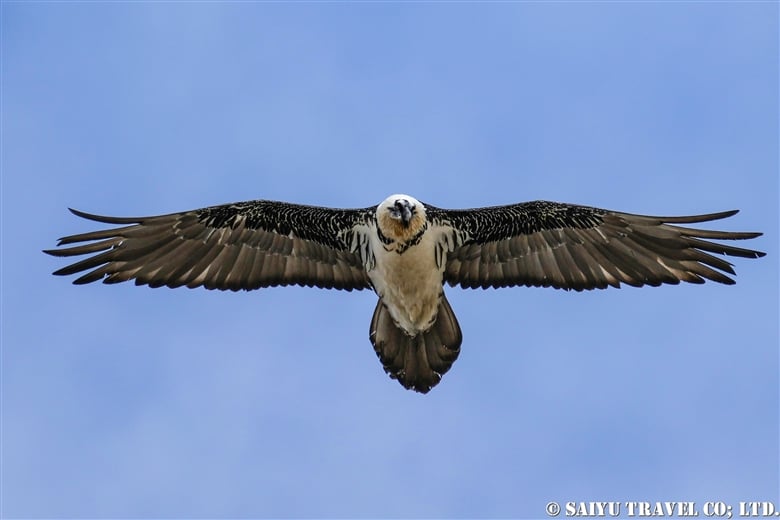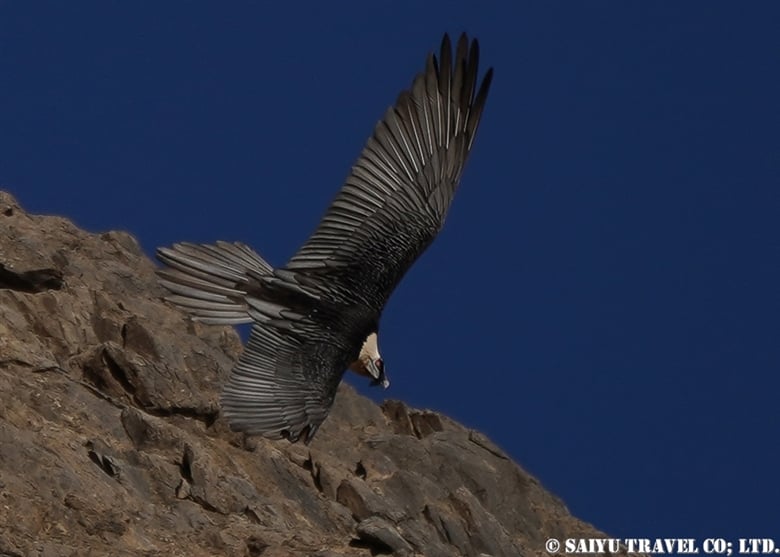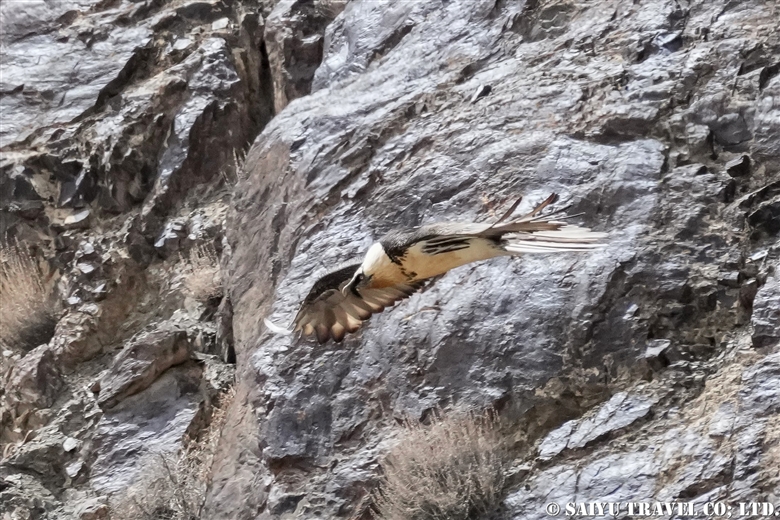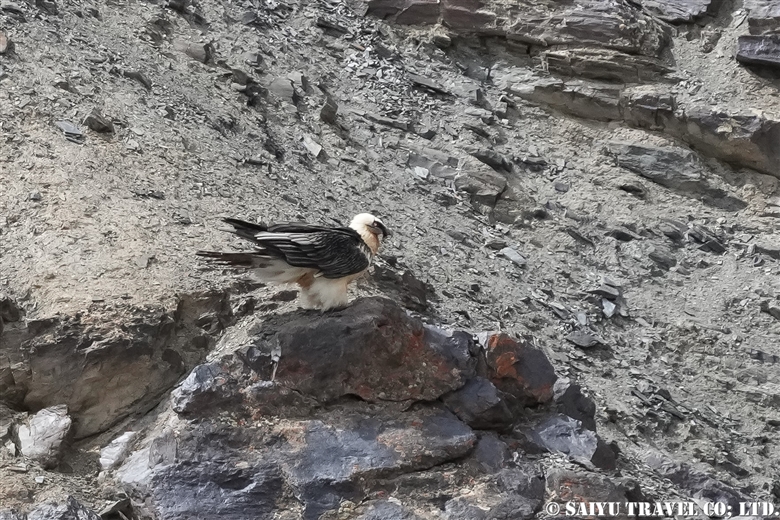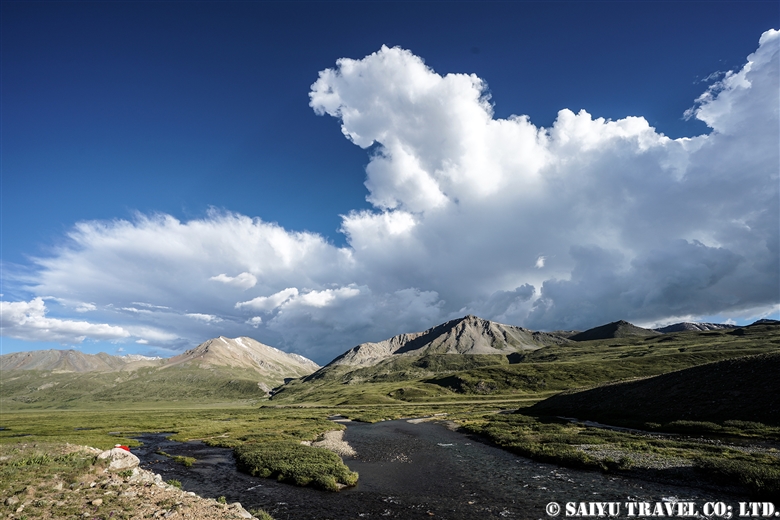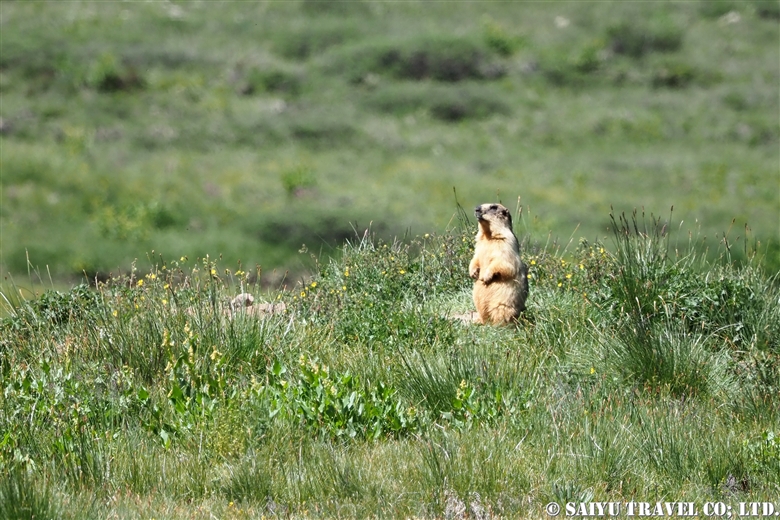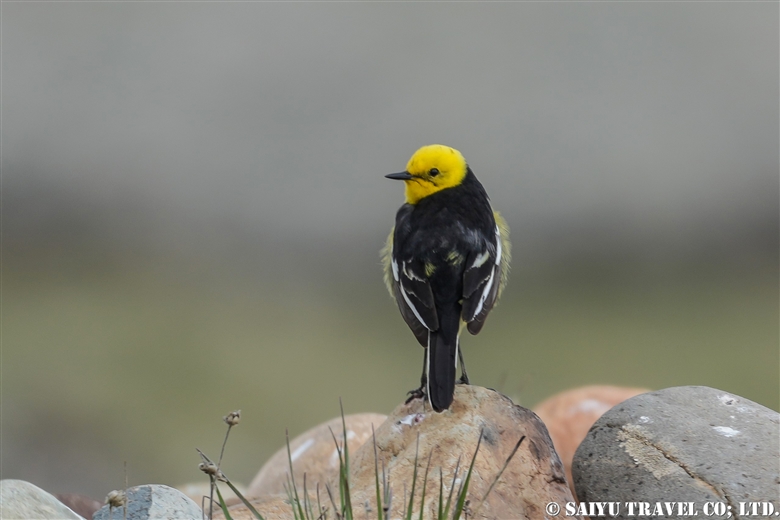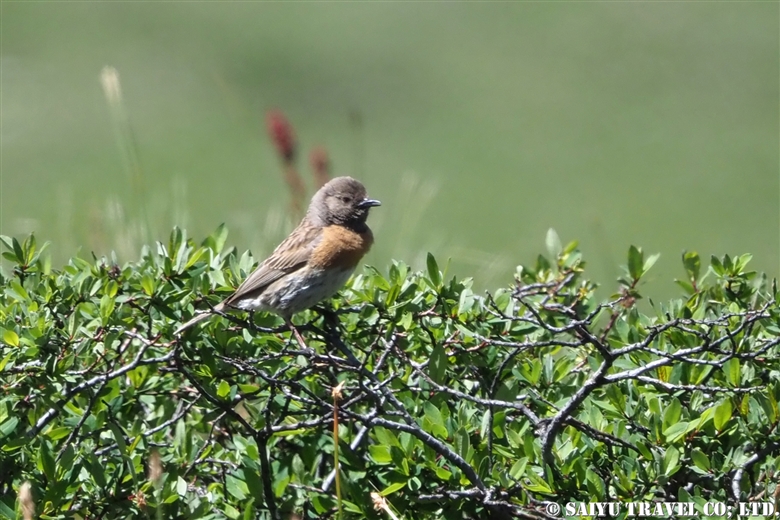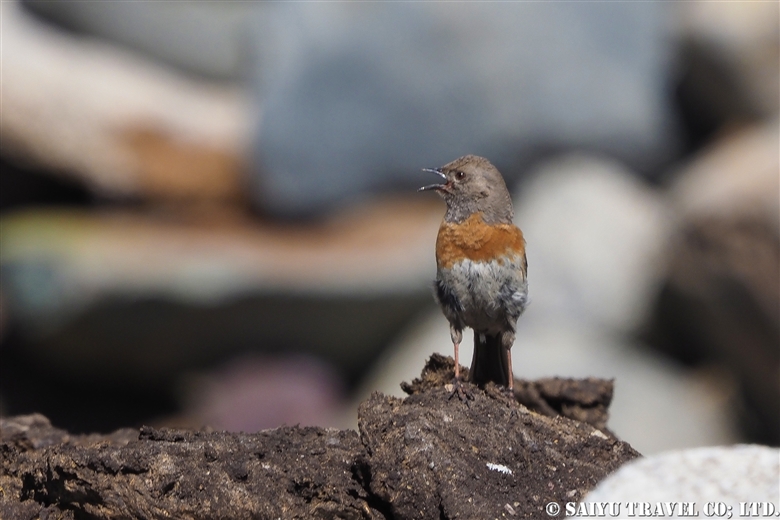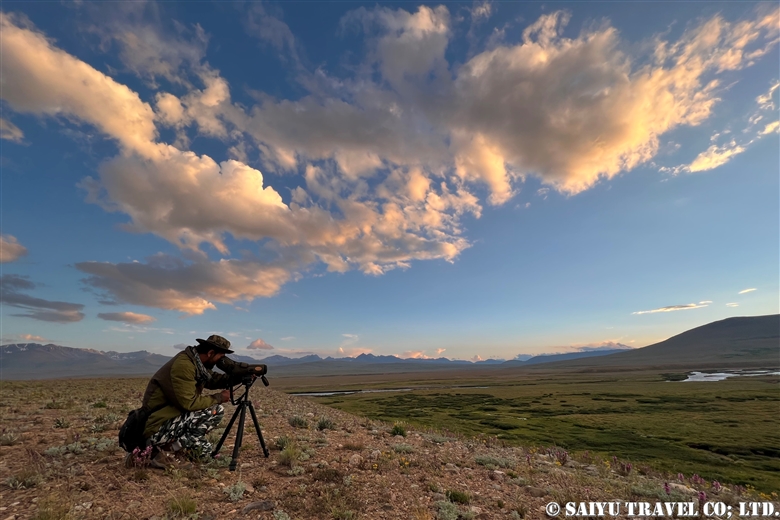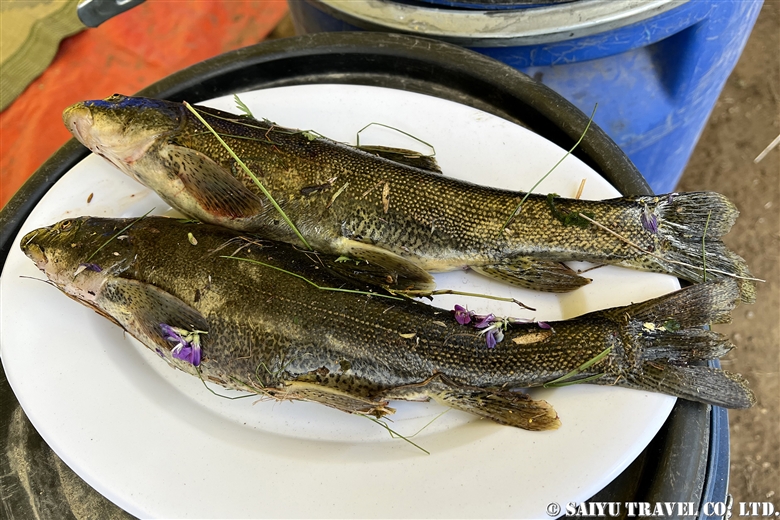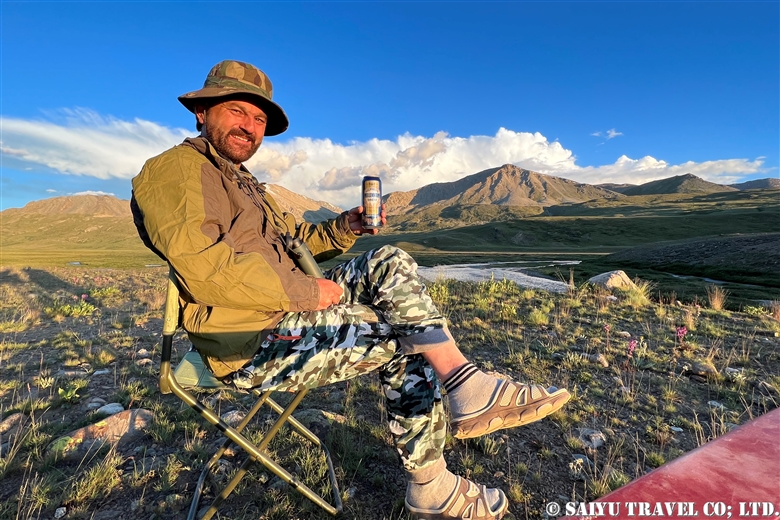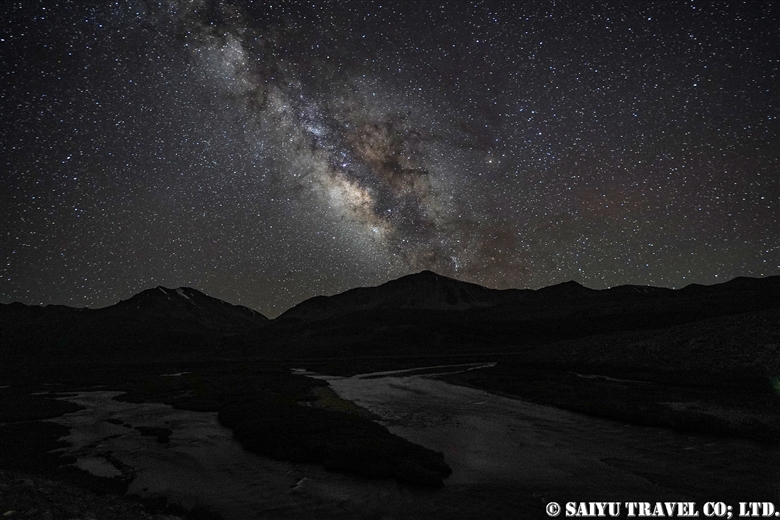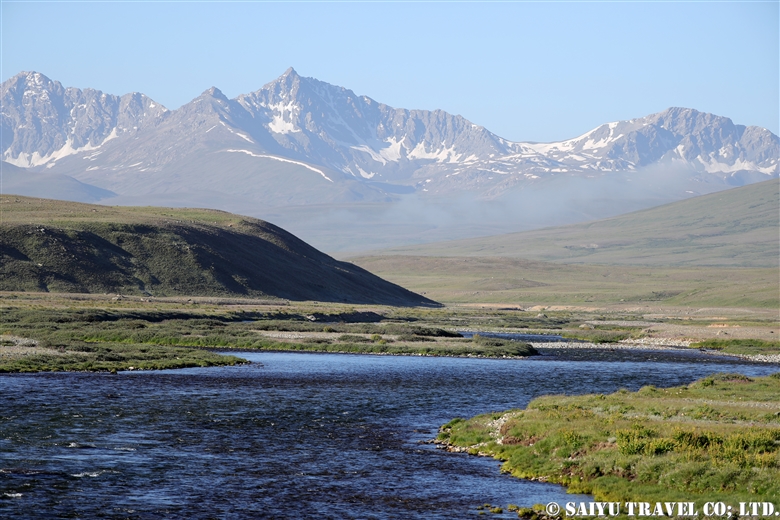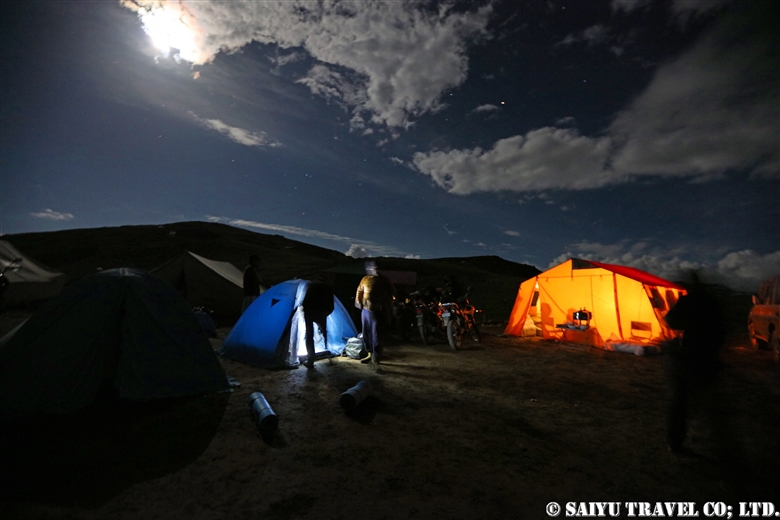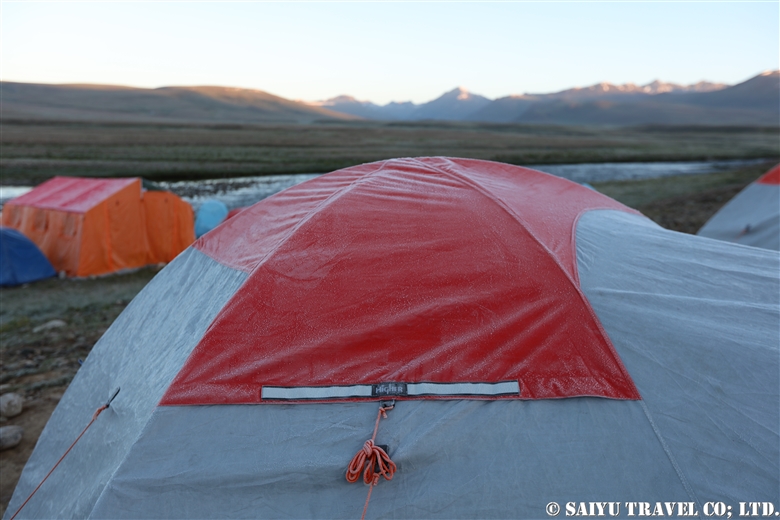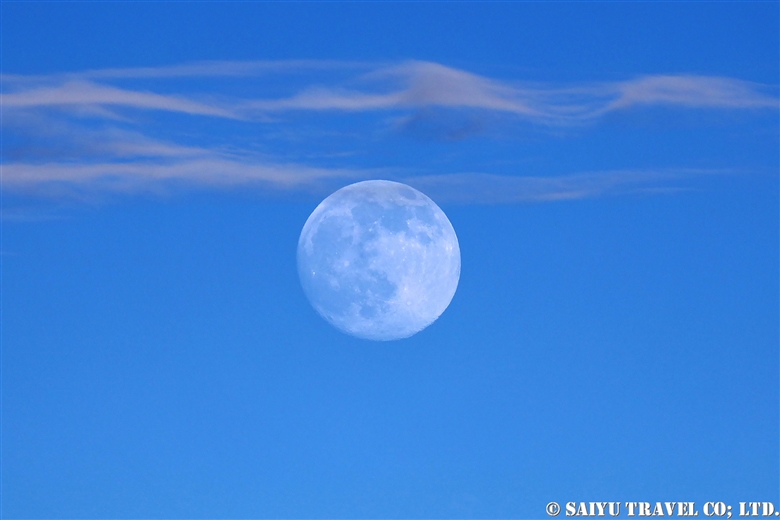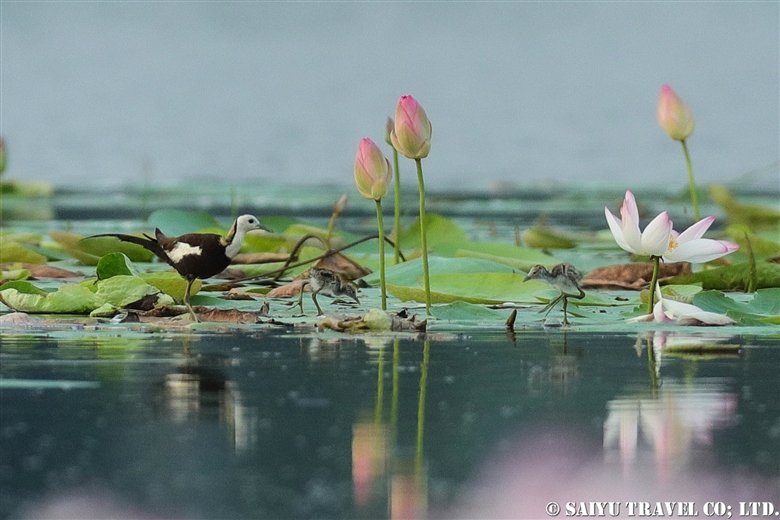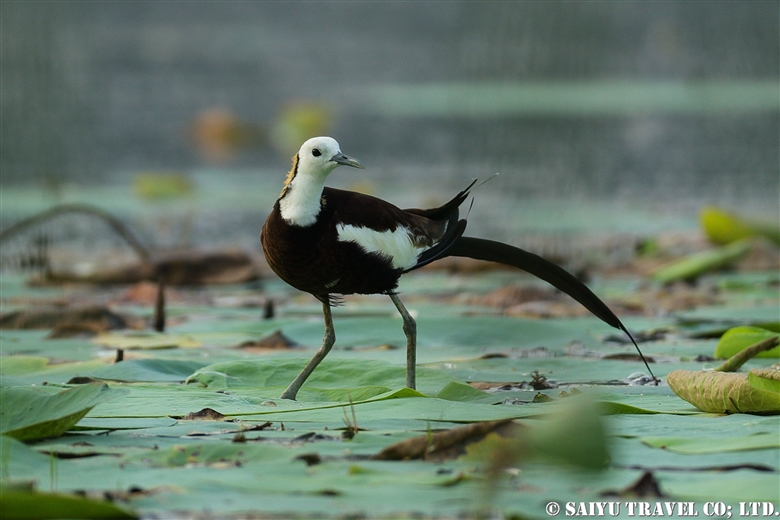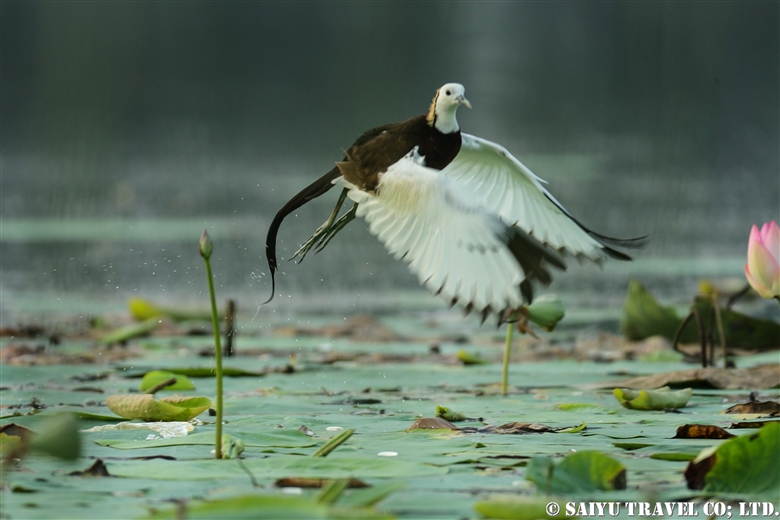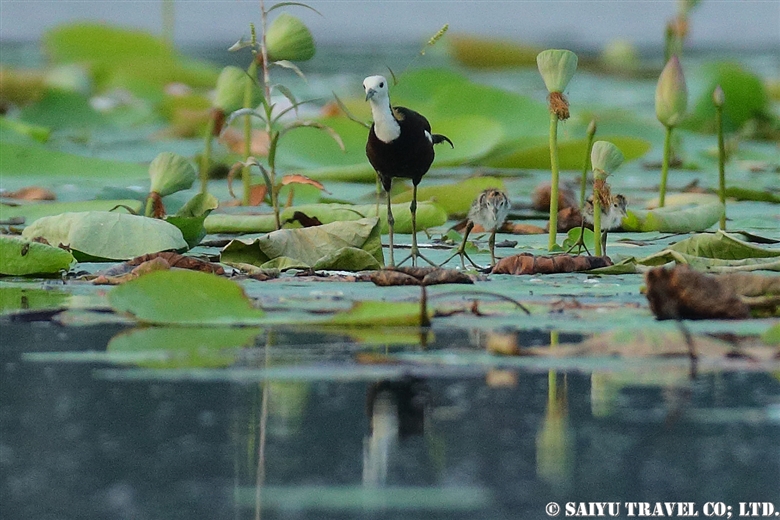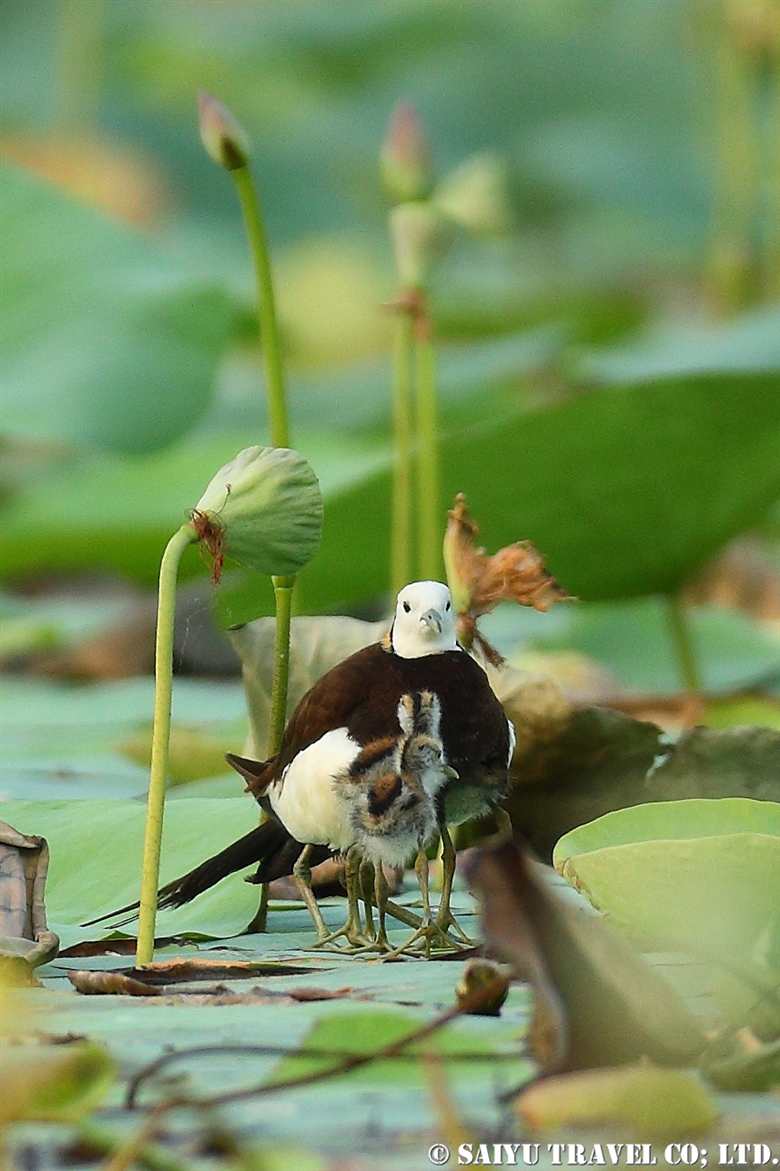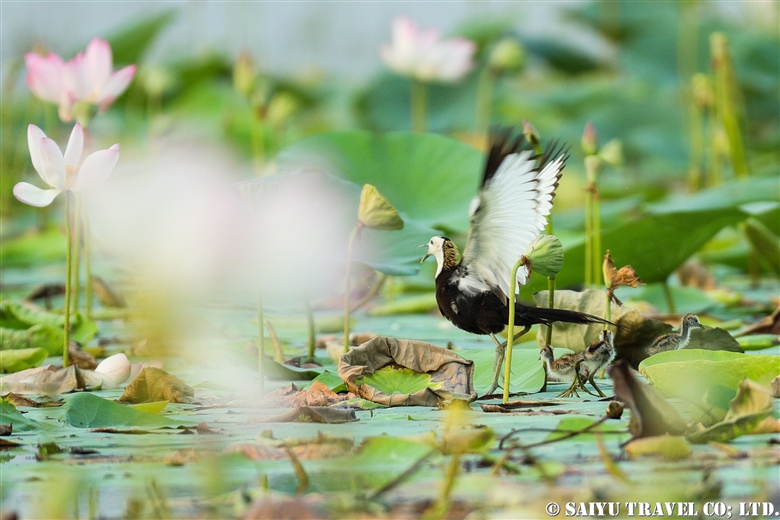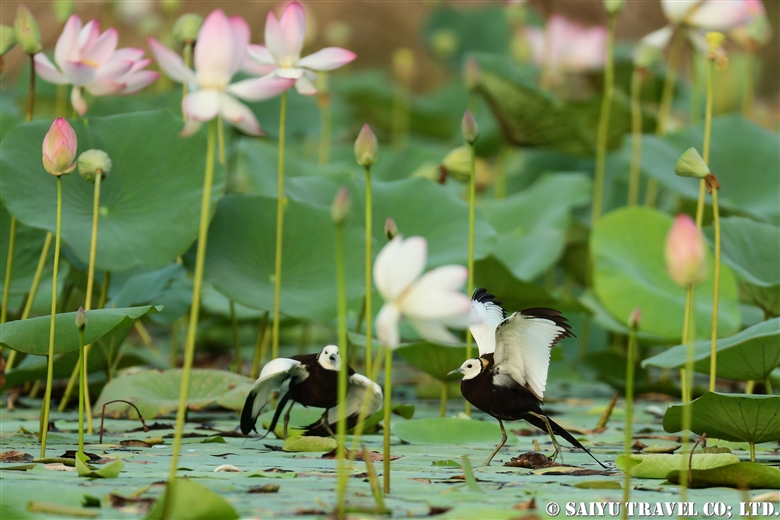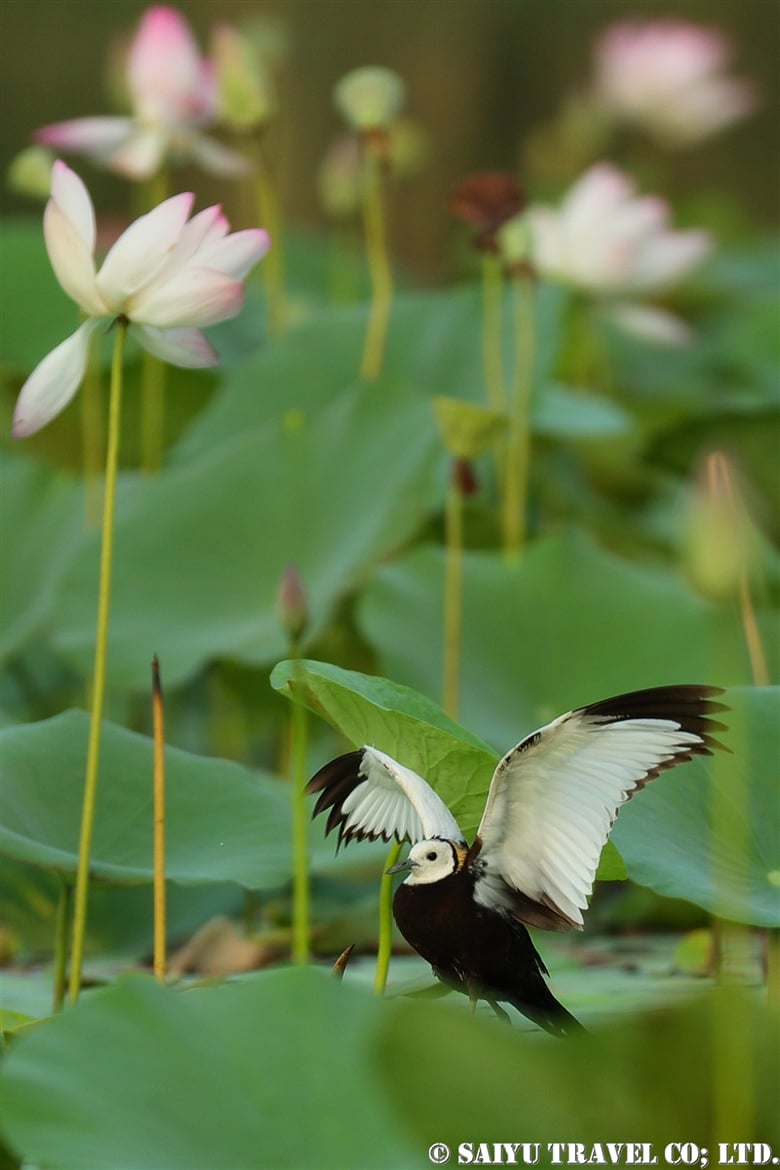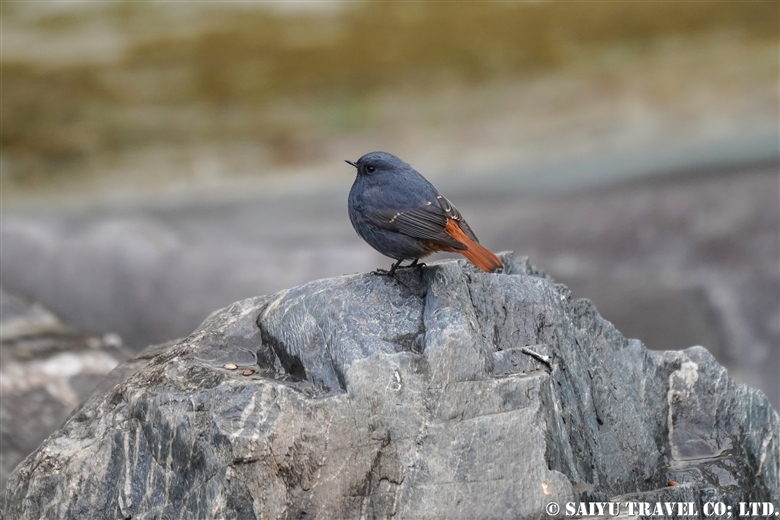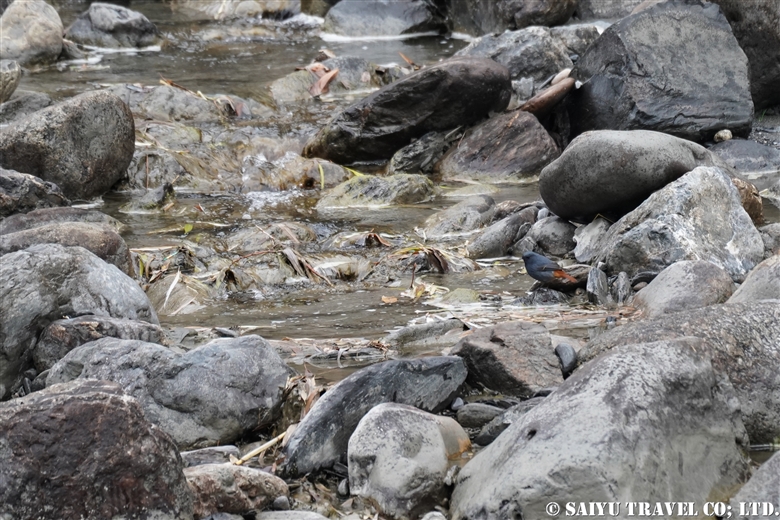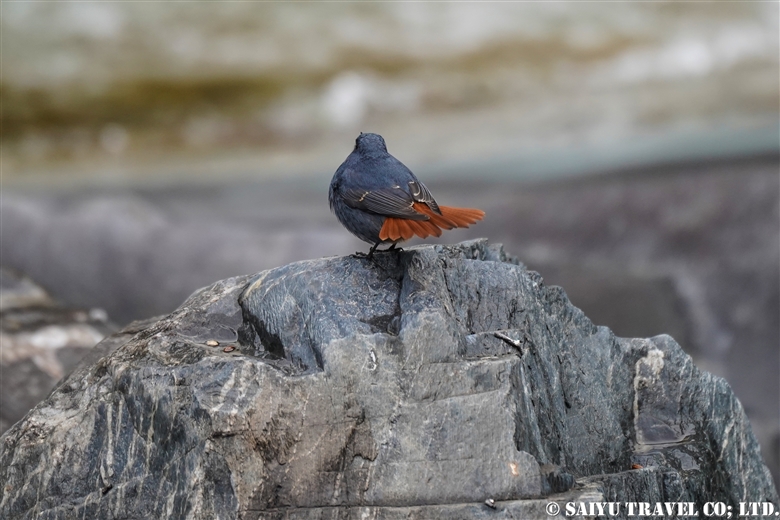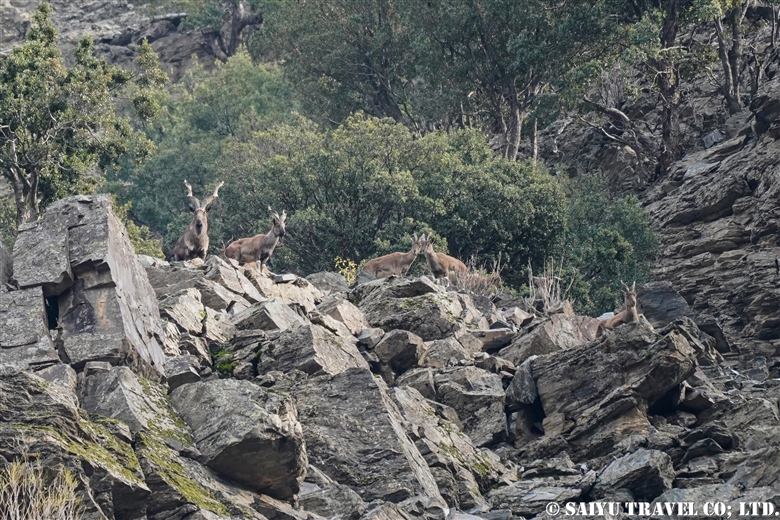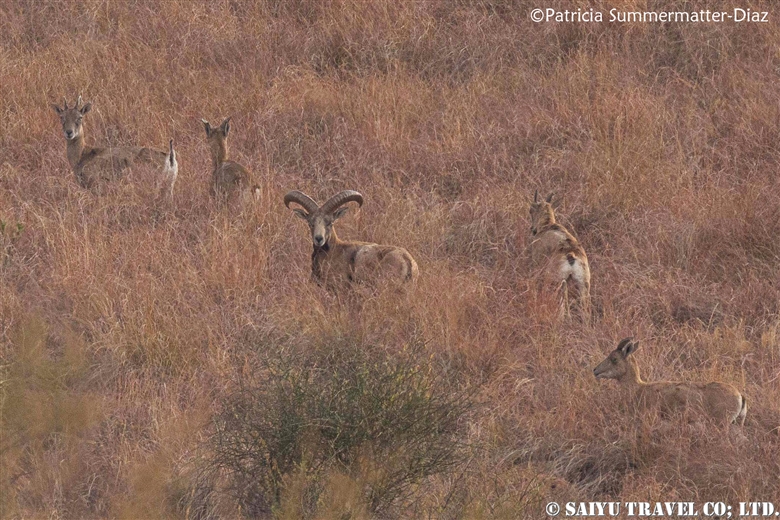
In January, we went on a search of the Punjab Urial, an endemic species of Pakistan, at the Kalabagh Private Game Reserve in the Java Mountains of the Punjab Plain.
The Kalabagh Private Game Reserve is a wildlife sanctuary for hunting, but in order to increase the number of animals for trophy hunting quota, the population needs to be allowed to grow. The rangers patrol with guns around the area to stop poachers, so the sanctuary is brimming with wild animals.
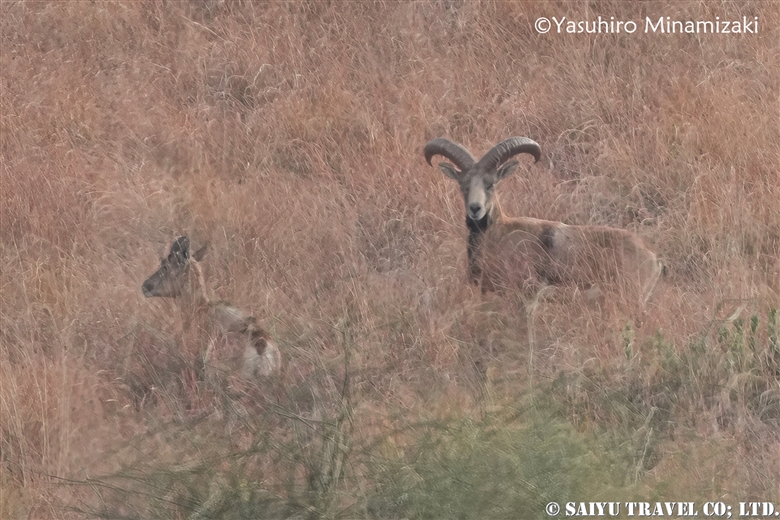
The Urial is an artiodactyl mammal of the family Bovidae. It is wild species of sheep, so they have large, arching horns and long beards on their necks. They live in the mountainous areas from South Asia to Central Asia. The Urial inhabiting the Punjab region of Pakistan were given the same protections as the Ladakh Urial in India, but in a 2016 publication in “Bovids of the World,” they listed it as the Punjab Urial, making it a separate species of Urial.
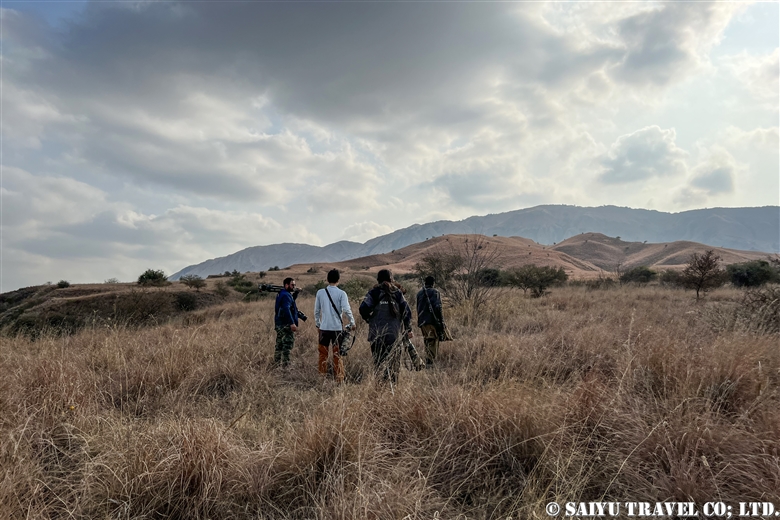
We got down from the vehicle, and slowly approached the Urial on foot to get closer. We paid close attention to the wind direction as we approached.
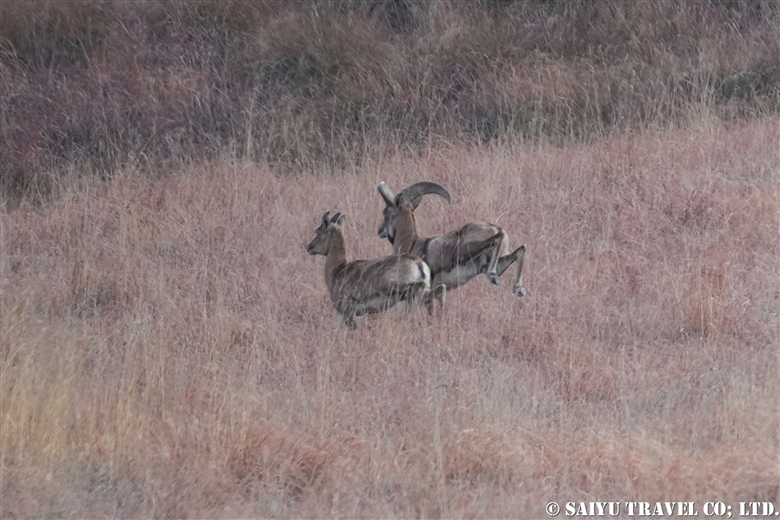
When we got too close to them, they quickly put some distance between you and themselves. We were able to see more than 30 of them, including some males with large horns, while we were watching them for about 2 hours.
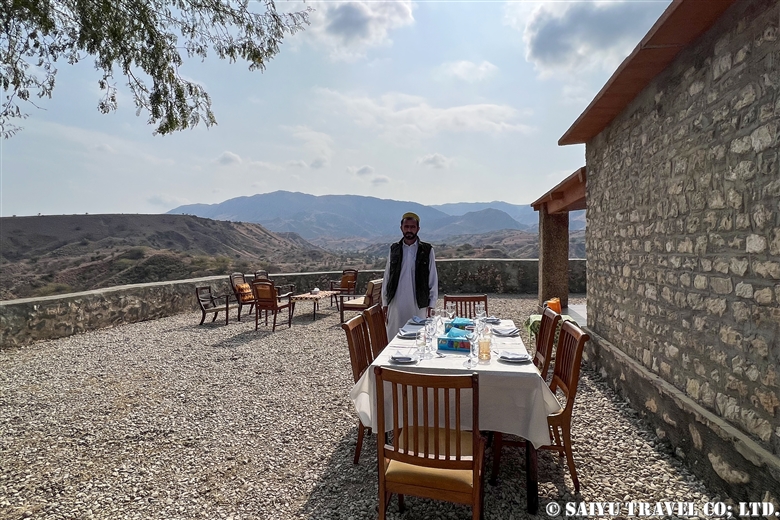
And…the long awaited lunch time. At the Hunting Lodge, the setting and the service was very pleasant.

They served loads of locally produced ingredients for lunch. And it was orange season!!!
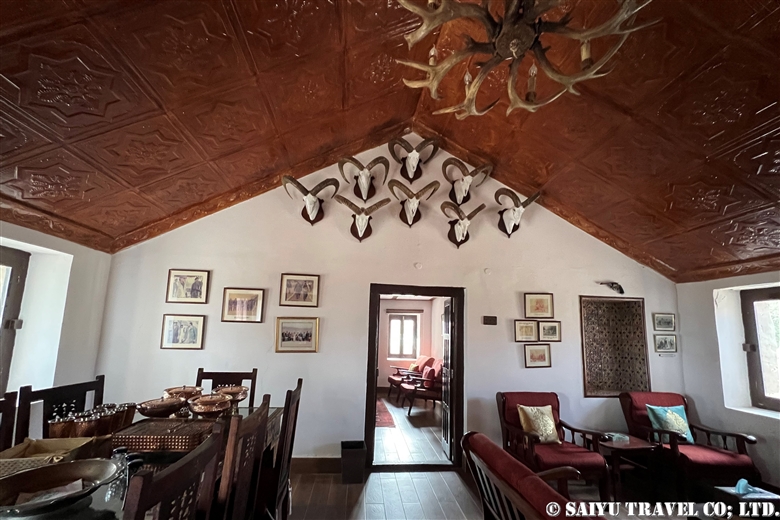
The interior of the Hunting Lodge. It was heavily decorated with many “Trophies” everywhere. The price at the Punjab Urial hunting auction is expensive at US$15,000 to US$16,000 per animal. About 15 are hunted from the Punjab plains each year.
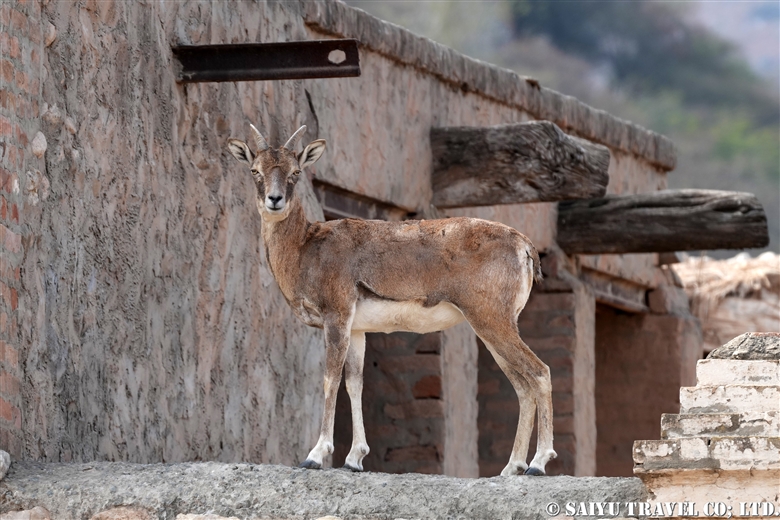
Around the lodge, there were some young Urial kids that had lost their fear of people. They kept their distance from us visitors, but they could go up close to the people who worked at the lodge.
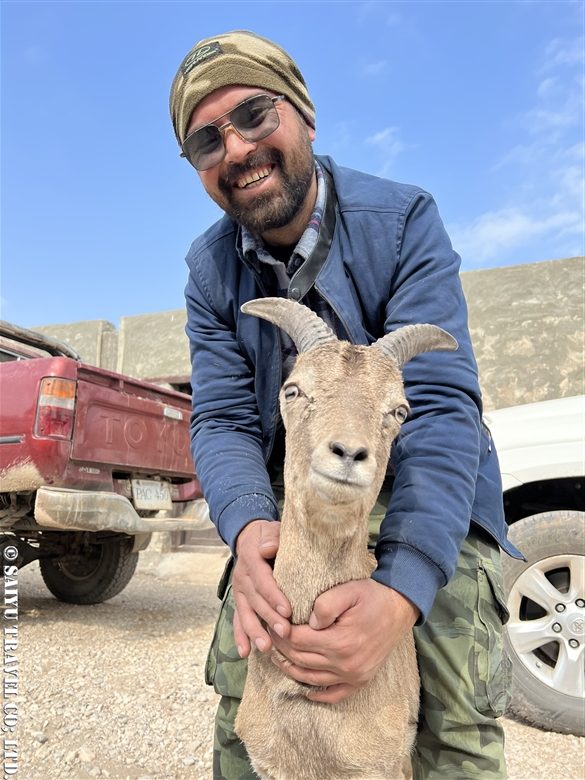
Our guide Abul with a Punjab Urial kid.
I will introduce to you the the wildlife of the Kalabagh Private Game Reserve.
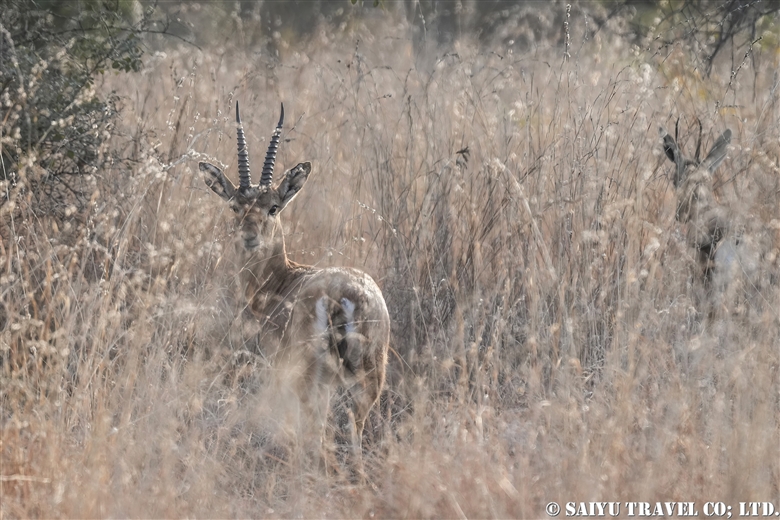
This is the Salt Range Chinkara. It used to be a subspecies of the India Chinkara, but it became independent as a species according to the picture book published in 2016. It is distributed from the salt mountains of Pakistan to near Delhi, the capital of India.
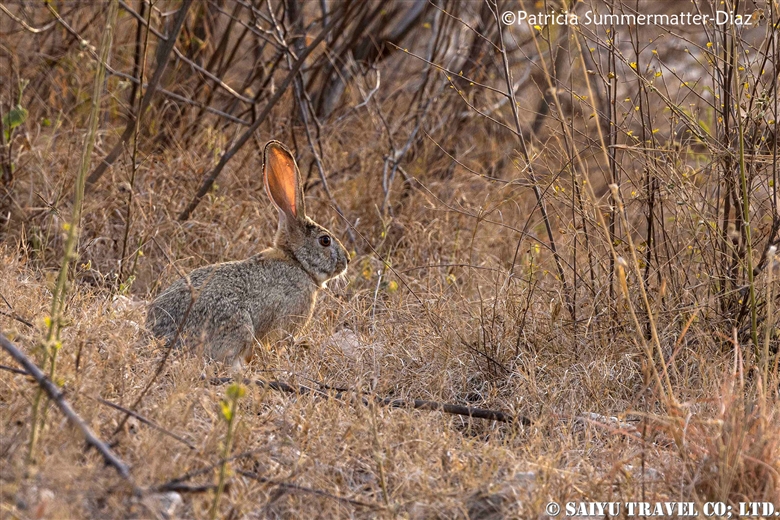
An Indian Hare
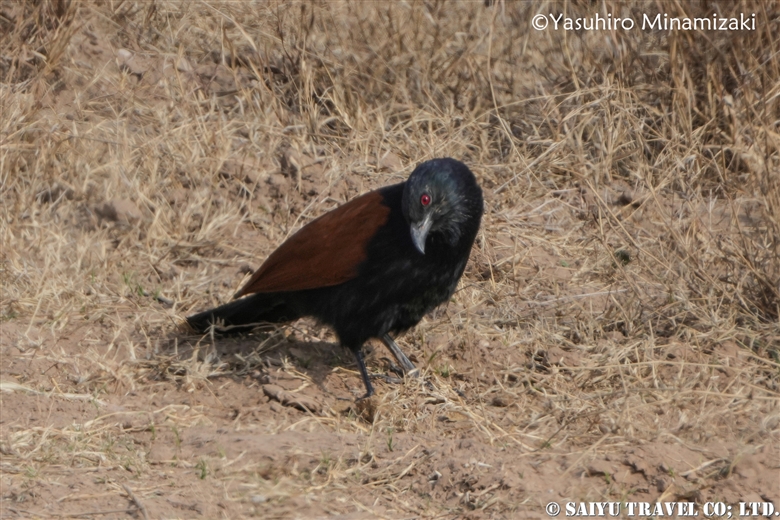
The Greater Coucal, found in the plains and rural areas of India and Pakistan.

A young Eurasian Griffon. The wings will turn white once they mature.
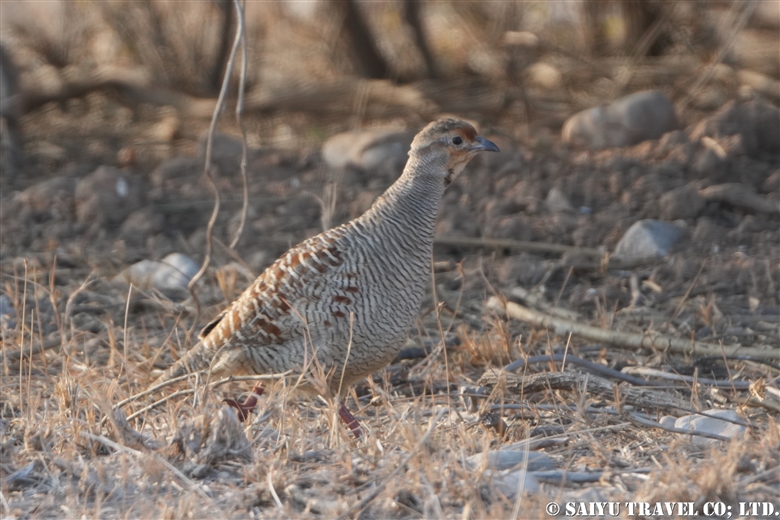
A Grey Francolin, found in the plains of India and Pakistan.
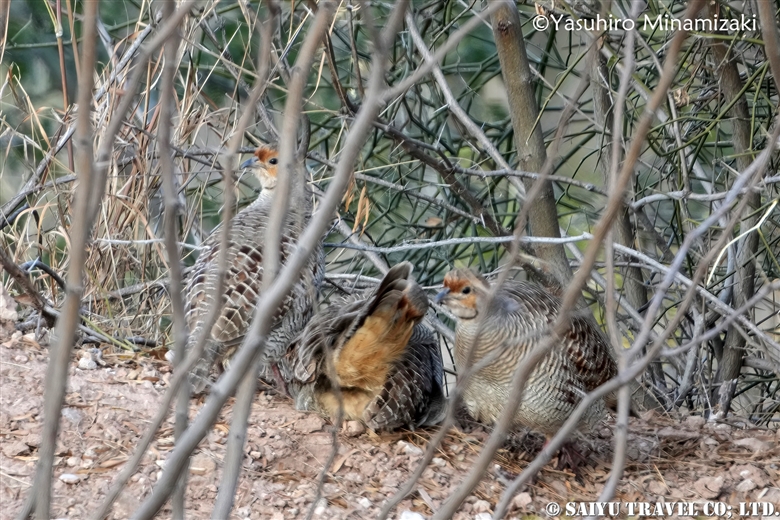
They are very cute birds, that are skittish and run away quickly into the bushes to hide.
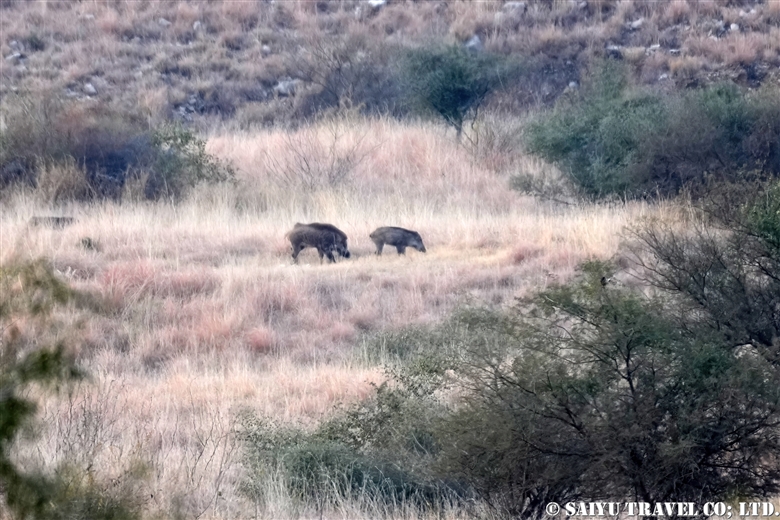
Wild Boar
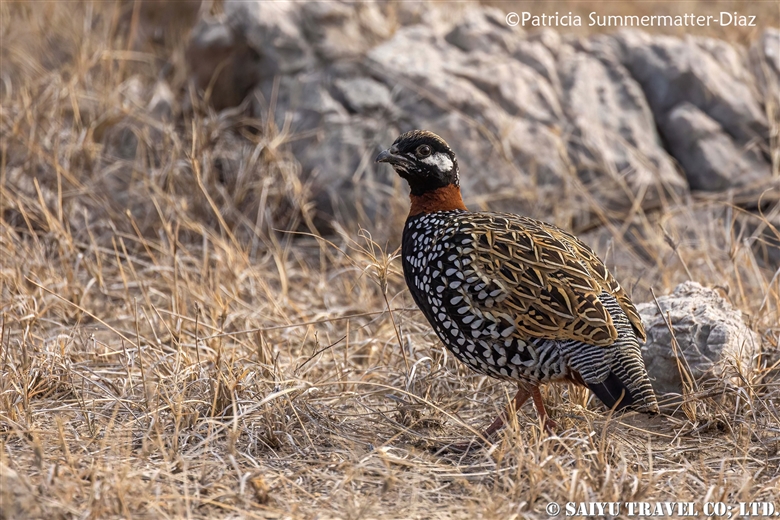
This is a beautiful male Black Francolin.
After 2 hours of wildlife watching in the morning, taking a break for lunch, and then making 2 more hours of observations, we headed back to Islamabad. Probably, we would have seen even more, had we been there in the morning and dusk hours.
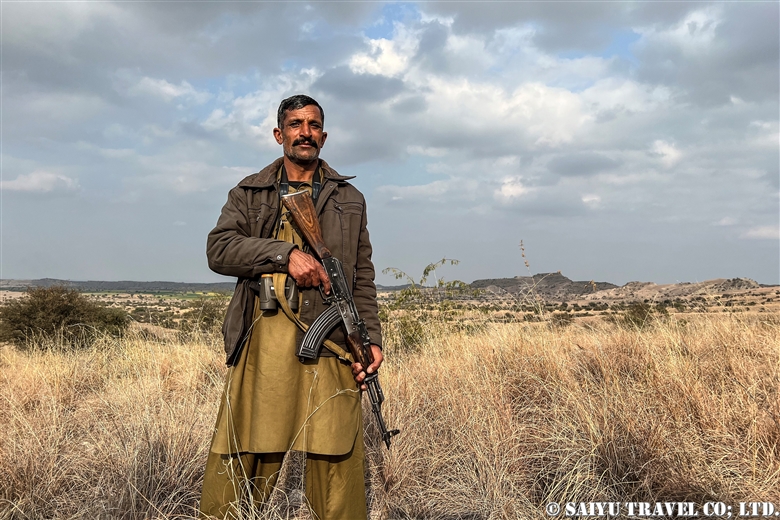
Finally, the majestic figure of the Game Reserve Ranger who guided our group. I was surprised at first to learn that they are protecting these wildlife so they can be hunted, but by all means, please protect them properly!
Photo & Text : Mariko SAWADA
Observation : Jan 2023, Kalabagh Private Game Reserve, Punjab
*Contact us, Indus Caravan for more information or to make arrangements for observing wildlife of Pakistan.
*Youtube Facebook Instagram < Please check our update activity !
Category : ◆ Punjab > - Urial > ◇ Birds of Pakistan > ◇ Wildlife of PakistanTag : Salt Range Chinkara , Grey Francolin , Pakistan Travel company , Chinkara , Pakistan Blog , Pakistan tour operator , Black Framcolin , Pakistan Travel Blog , Pakistan Photography Tour , Save wildlife in Pakistan , Wildlife Photography Pakistan , Travel Pakistan Blog , Wildlife Tour Pakistan , Wildlife of Pakistan , Punjab Urial , Endemic species in Pakistan , Indus Caravan , Endemic to Pakistan , urial , Saiyu Travel Pakistan












